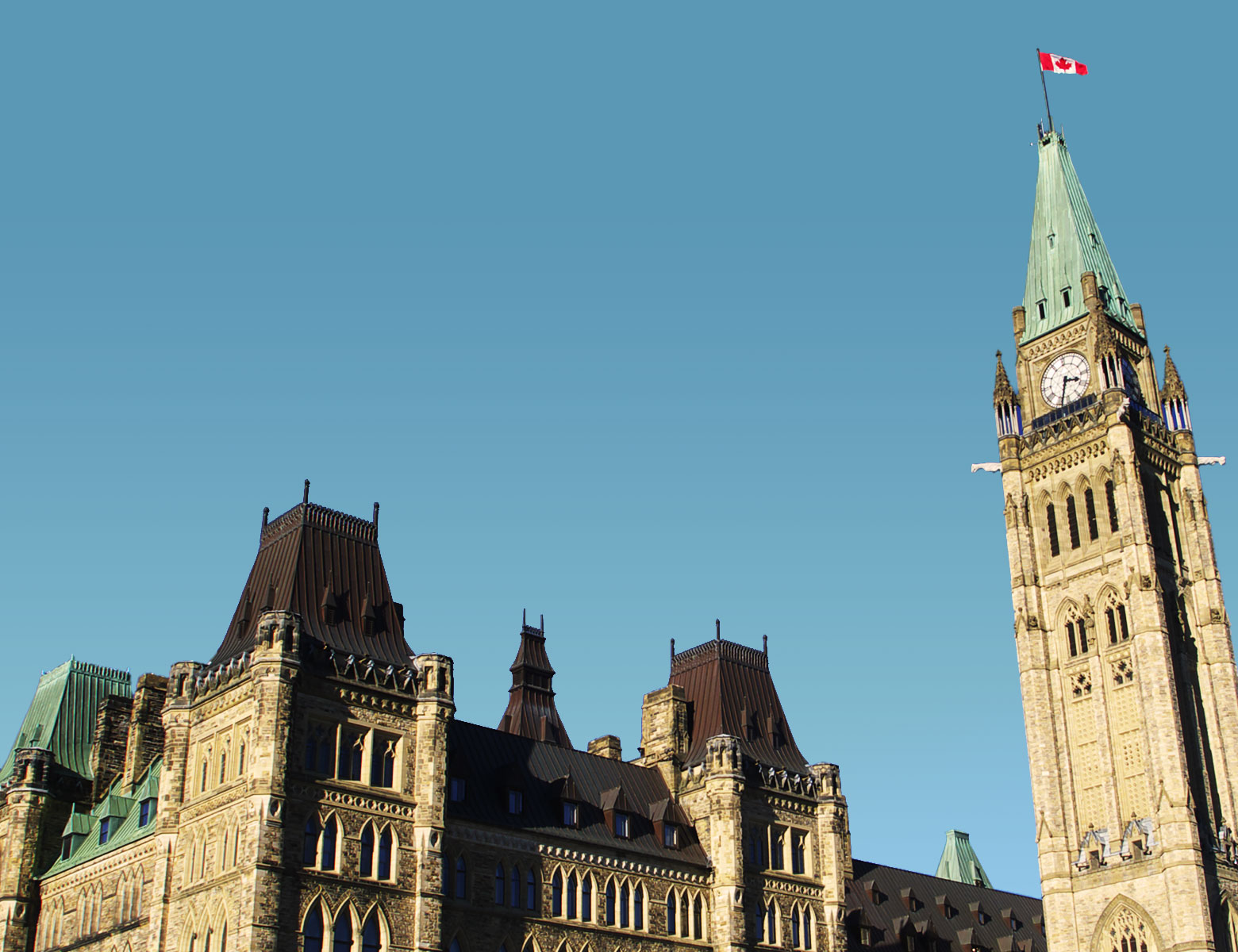
The House of Commons: Report to Canadians 2013
Performance Review
Strategic Objective 1
To respond to the changing needs of Members and the institution.
- Improve the availability of up-to-date information on parliamentary procedures and rules
- Enhance Members’ and Canadians’ access to parliamentary information
Projects
Strategic Objective 2
To enhance ongoing services to Members and sustain the institution.
- Advance the Long Term Vision and Plan to rehabilitate heritage buildings and grounds, and provide additional parliamentary accommodations
- Maintain the flexibility of our technology infrastructure
- Strengthen the guardianship of the institution
Projects
Strategic Objective 3
To promote understanding and support the advancement of legislative institutions.
- Enhance learning opportunities for parliamentarians and legislative officials from jurisdictions in Canada and abroad
- Increase public awareness and sustain the independence and traditions of the House of Commons
Projects
Strategic Objective 4
To apply the highest standards of public sector governance in a parliamentary context.
- Strengthen stewardship to ensure optimal management of public resources
- Improve talent recruitment, engagement, succession and retention
- Strengthen environmental management practices
- Advance an integrated approach to information management
Projects
